Doesn’t seem to make much of a difference, eh? When I first came across a 60mm macro lens a few years ago, I didn’t think I would be using it very much. After all shooting insects can only be done so many times before you start repeating yourself. Yet, if you add other subjects to that from up close, a macro lens can have a serious impact on your photographic life.

Nowadays I bring it out quite often. Walking in the woods, there is no reason to use a 600mm, after all, the trees hide the forest. A 60mm macro on the other hand will reveal tons of details in what you are seeing all around you.
First off, if you know that your lens is “only” a 60mm macro lens, you are not really looking for landscapes or birds high up in the branches. Unconsciously that opens your mind to look for tiny details. Best not do this when walking with your family in the woods, kids and pets are hardly trained for the details you are after.
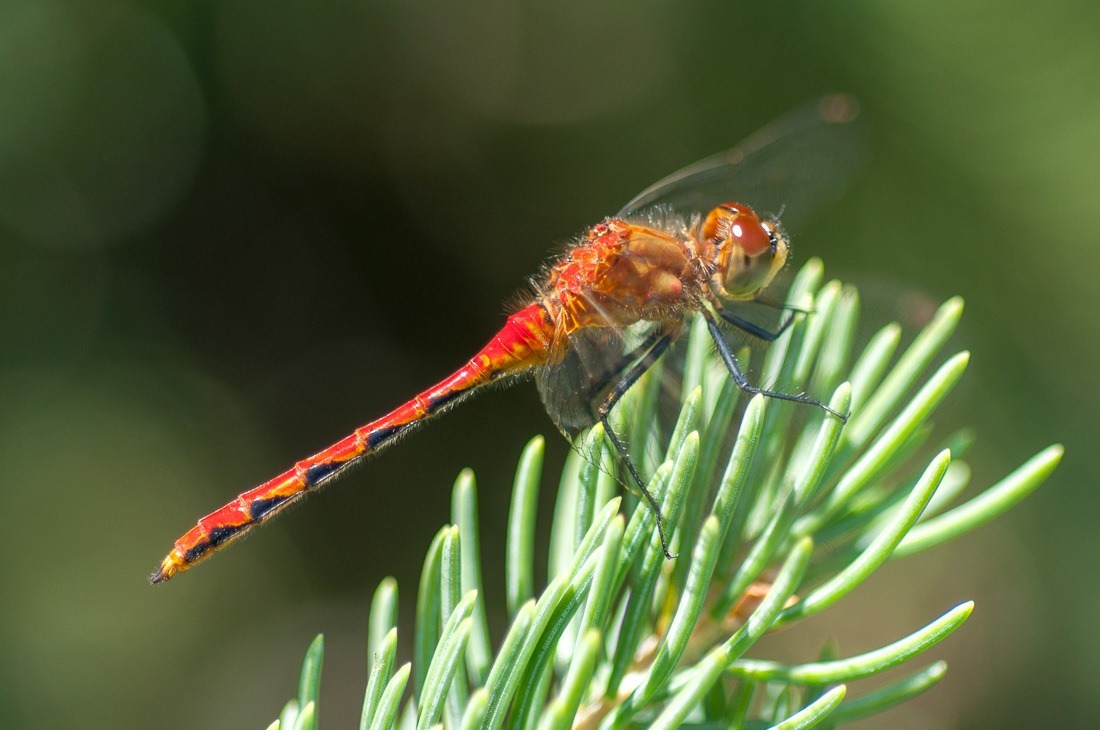
Ruby Meadowhawk
Knowing that you have an eye for detail and even macro-detail on your camera will automatically condition your mind to look for tiny details and will slow you down. To the point of exasperation of the rest of your company. Better go with like-minded photographers or by yourself ![]() .
.
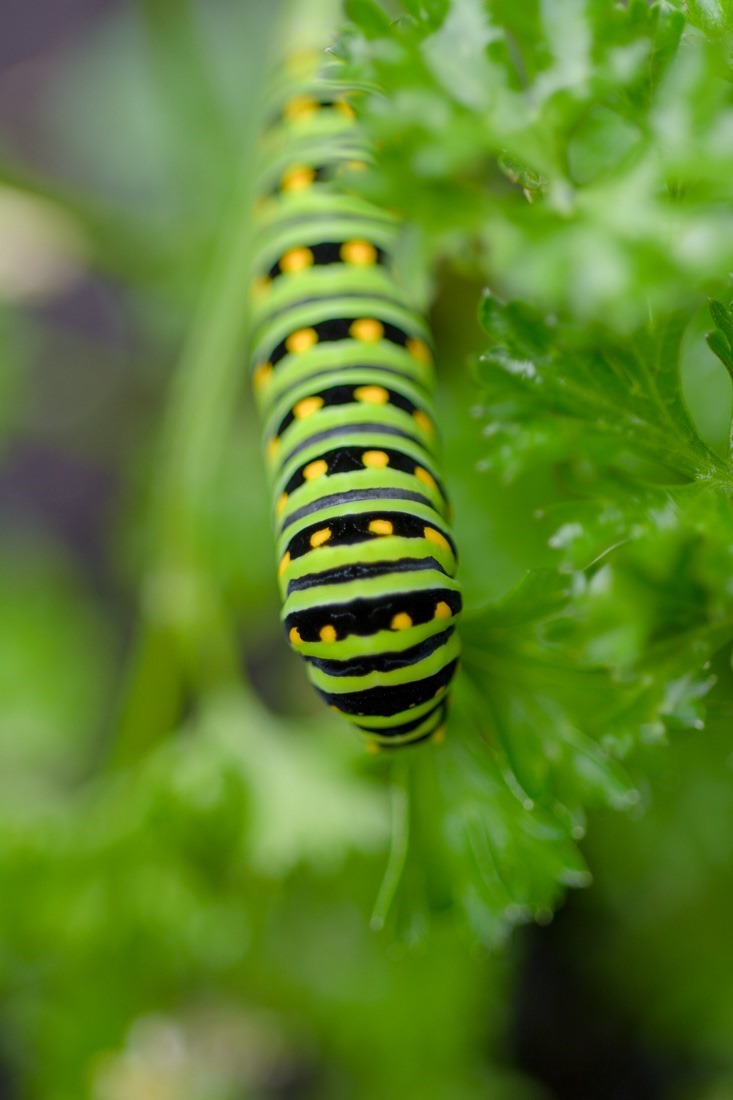
Caterpillar
My first time with a 60mm lens was with a group of like-minded people. So far so good. Everyone had something different and was discovering new perspectives. However, when I got home, the shots I had taken didn’t really show like I had imagined. When you go out for the first time with a macro lens, you imagine coming back with award winning insect shots or even shots of bacteria. Nothing will be further from the truth. The first (many) times, your shots will be different from what you had in your mind’s eye.
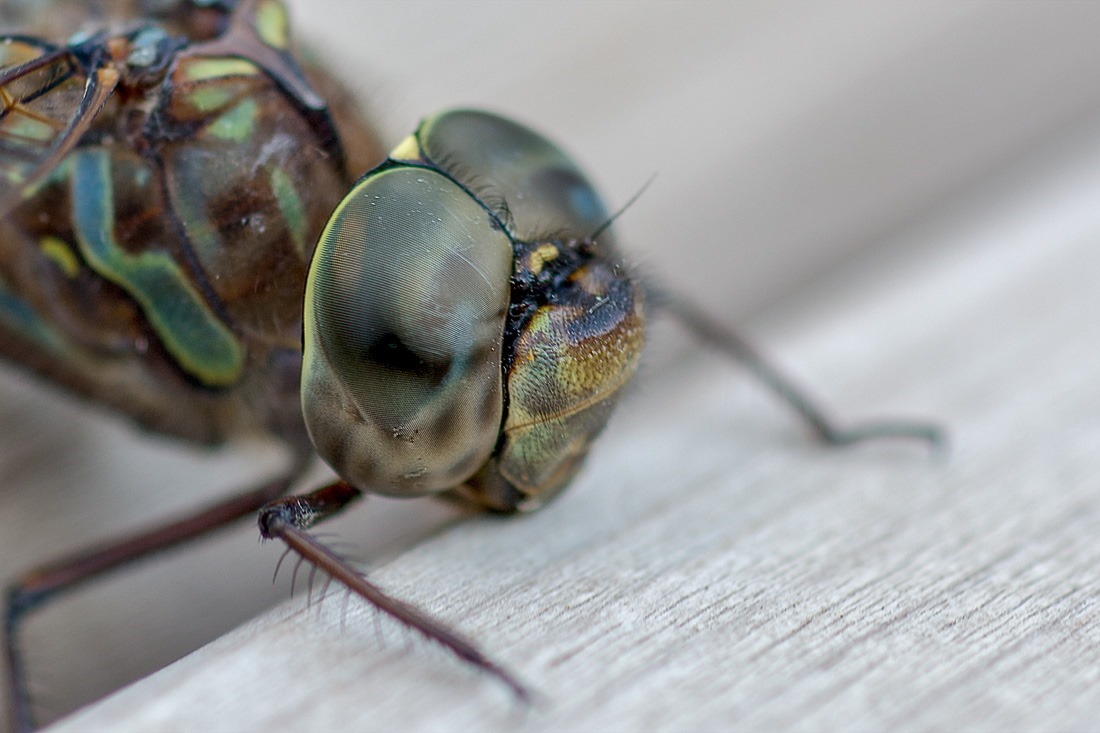
Dragonfly
You will need to practice a lot with this “simple” lens. Fixed focus, you will need to move your camera to get closer or wider. If you are used to zoom lenses only, that will be a big adaptation and even a bit of a learning curve. Then you will notice a very shallow depth of field. That fly that you wanted all in focus? Turns out to be only to have a small slice of it in focus, and not even the most interesting slice either! You think that you are coming up with a lot of throwaway shots. Way too many, come to think of it.
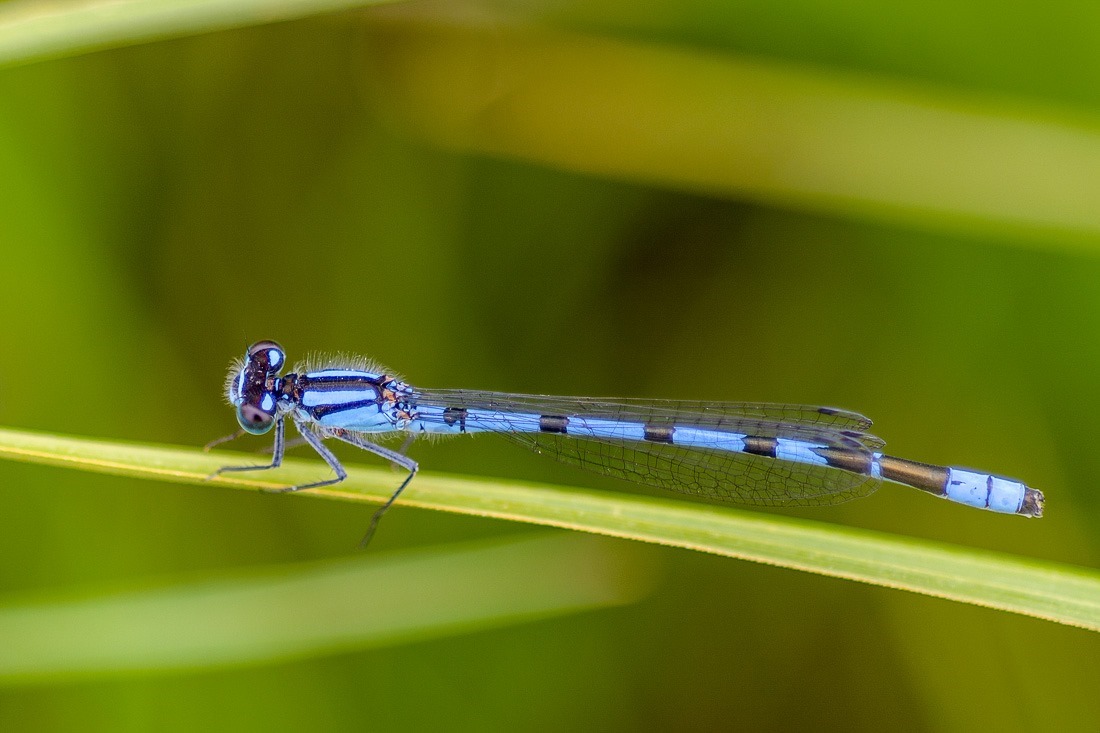
Damselfly
But all this is a learning curve that you have taken on. Little by little you will see improvement in those pictures, little by little they become presentable. By now, your lonely walks in the forest are starting to pay off. Little insects, flowers, fungi, anything goes. Your mind is now open to all the wondrous details of your environment.
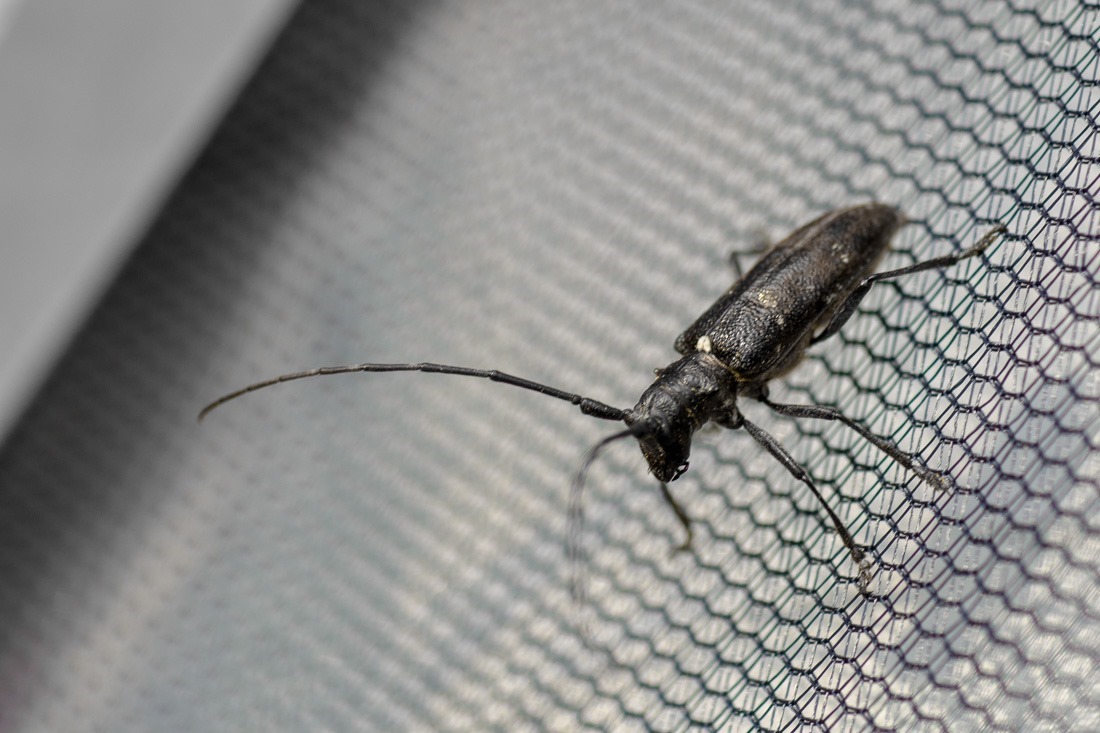
Longhorn Beetle
So are your macro shots limited to insects that fly away way too soon? Nope, the sky’s the limit, except that the sky is not where you want to point this lens at. By now, you are looking at the details of bark, moss and every insect you can get close enough to. You have become a macro addict ![]() .
.

Peppers
By now, you start to look at all the subjects that you shot before, but through the “eye” of a macro lens. You will discover that many of the pictures that were already good, would have been way better with a macro lens. A simple bowl of peppers even starts to look appetizing. The shallow depth of field can now be used for artistic purposes instead of being a hindrance.
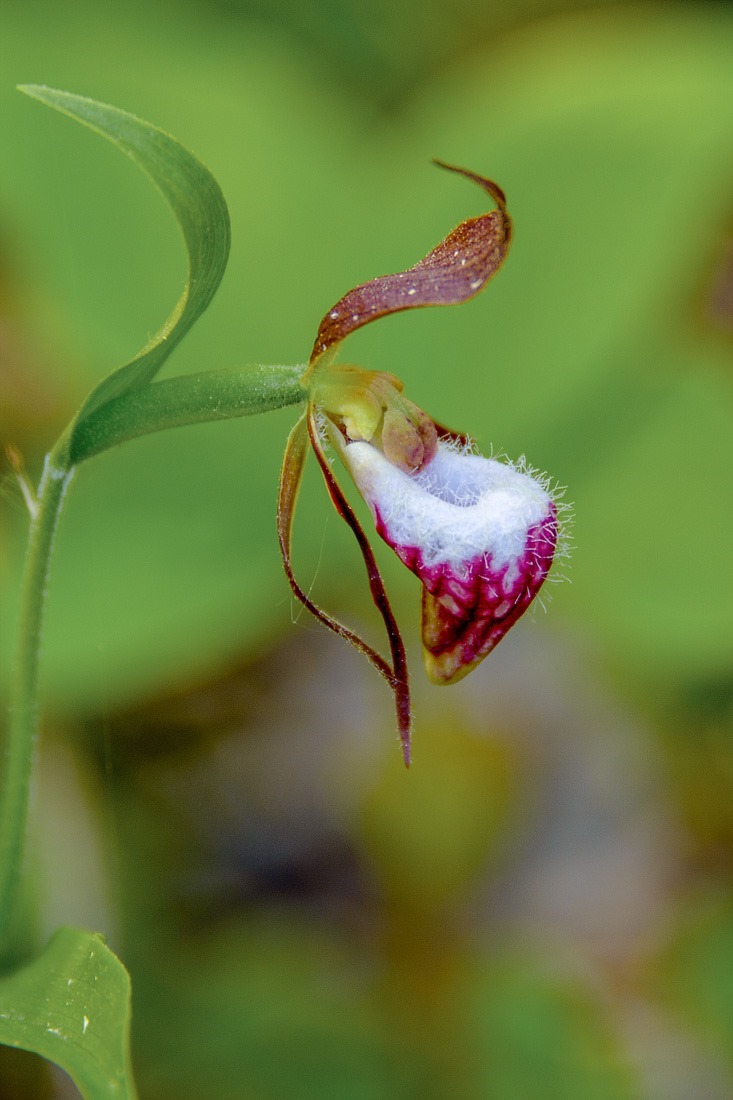
Ramshead Lady’s Slipper
Wildflowers are a great subject for macro. Even better if the plants are tiny like this Ramshead Lady’s Slipper orchid. The flower is about 10mm long in total. The detail that the macro lens brings out is phenomenal. I guess that by now you get the idea of what a macro lens can do for you. One day someone who took us out for a field trip in macro told me that the macro lens completely lives on his camera for the duration of summer. At the time I thought that that was a bit exaggerated, but by now I can heartily believe it.
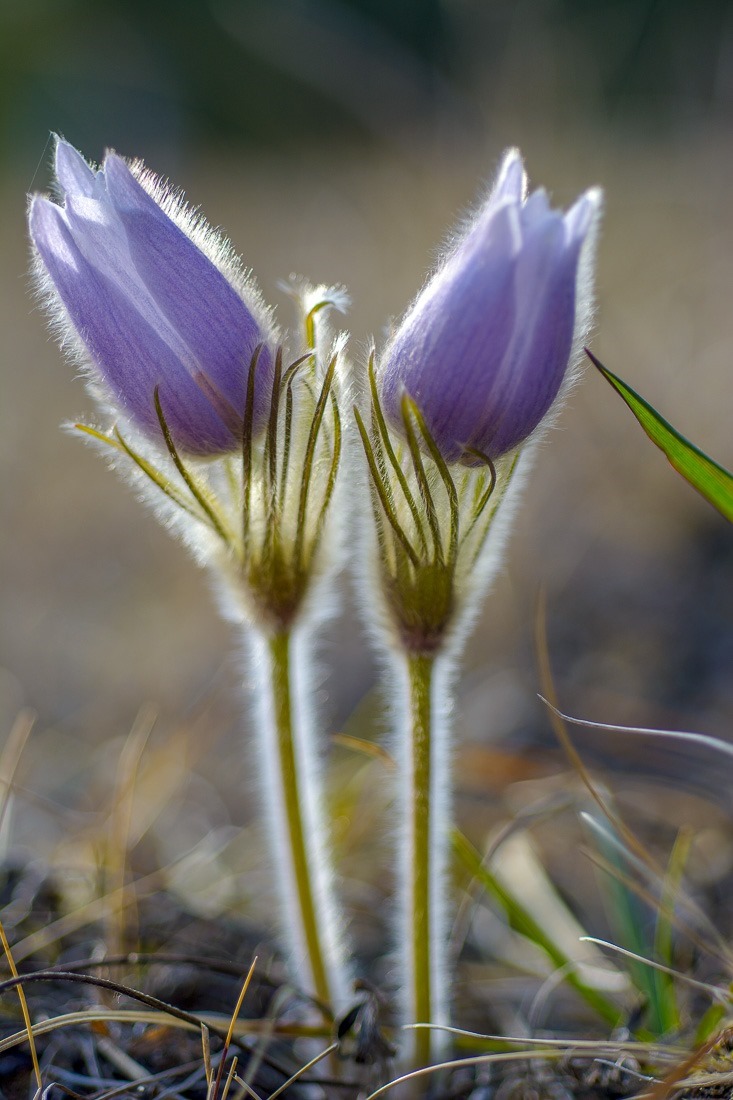
Prairie Crocus
Today, the Prairie Crocus only gets my macro lens. Laying down on the sandy ground to get these shots is not a problem for me. The last shots are a far cry from the very first ones that I thought would be award winning, for sure. Tell me that I can use nothing else but this lens and I might disagree. It is all about the right tools for the job. Small details require lenses that can show them. Pointing a 300mm or even a 600mm at a subject and hope that you get the results of a macro lens is vastly underestimating the macro lens, or overestimating your long lens. Comparisons between shots with my 300mm and my 60mm of the same subjects show that the 60mm macro vastly outperforms the more expensive 300mm.
Next time you come across an opportunity to borrow a macro lens, don’t give up after the first session, you will have much to learn and to enjoy before your pictures become good. Oh, and the 55 part of the title? I guess those who know me know my age as well… ![]()
Until next time…
